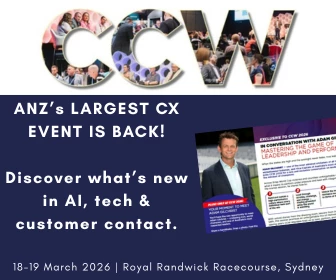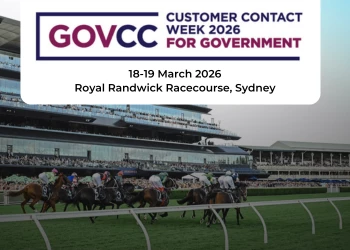Learning from Comcast: Unintended Consequences or Missed Opportunities?
Add bookmarkThe recent uproar about the cable company customer service representative (CSR) who made it inappropriately difficult for a customer to cancel (http://www.callcenter-iq.com/customer-experience/articles/7-mistakes-made-on-comcast-s-customer-service-call/) got me thinking about the law of unintended consequences – and how to plan for "unintended" outcomes.
There has been a lot written about the cable company incident – some criticizing the CSR but mostly placing responsibility on company culture, incentives, training and coaching. http://consumerist.com/2014/07/21/comcast-memo-rep-from-painful-retention-call-was-doing-what-we-trained-him-to-do/
The reality is that the CSR’s behavior was the unintended (and unmitigated) consequence of a well-intentioned customer retention focus.
Scenarios like this happen every day – this one just happened to be recorded and shared by a very social media savvy customer - and picked up by the mainstream media on a slow news day.
http://entertainthis.usatoday.com/2014/07/15/comcast-customer-service-call-ryan-block/
Virtually all customer service and contact center initiatives start with good intentions. The challenge is identifying and mitigating bad unintended consequences before they end up loudly broadcast in social media – or quietly cost drive costs up and customer satisfaction down.
Consider these scenarios:
· CSRs are specially trained to discover root causes of customer dissatisfaction by using probing questions – and a CSR uses the probing techniques to conduct an "inquisition".
· CSRs are financially incented to retain customers who want to cancel or reduce service – and they drive cancellation requests to other channels (e.g. "you have to go to a store") or "forget" to complete cancellation transactions - driving additional costs and dissatisfaction.
· Customers who request cancellation are given "save" offers with reduced pricing – so customers periodically call to ensure they have the best deal – driving costs up, increasing customer effort and creating opportunities for unsatisfactory interactions.
· To increase employee engagement, CSRs are allowed to opt out of some scheduled hours - resulting in inadequate staffing during less desirable shifts – forcing an increase in the number of undesirable shifts (or resulting in a poor customer experience).
· To help CSRs link behaviors to results, feedback on QA monitors and CSAT surveys is provided immediately - and calls received after the CSR’s target level of feedbackis reached don’t get the same level of service.
· New service channels are implemented to deflect volume – and overall volume to all channels increases because it is easier for customers to interact (a good thing in many ways) Forrester has good blog post on this topic : http://blogs.forrester.com/ted_schadler/12-02-23-beware_of_mobiles_unintended_consequences_part_1
· To improve NPS scores, remediation efforts focus on making "passive" customers "promoters" – and low performing agents get less coaching attention - resulting in more "detractors" who share their experiences on social media
Expect the unexpected
While the words "unintended consequences" imply uncontrollable natural events, we can anticipate and plan for many of these outcomes. Changing the game from "unintended consequences" to "anticipated additional outcomes" doesn’t sound sexy - and requires a disciplined approach. The key is efficiently assessing potential outcomes before pulling the trigger.
There are two categories of "additional outcomes" customer service leadership can anticipate, communicate and potentially mitigate:
- Traditional Customer Service scope - incentive programs, agent scheduling policies, agent engagement programs, customer segmentation, IVR and self-service flows are typically controlled directly by Customer Service leadership
- Non-Customer Service Scope - product, engineering, marketing, billing and other non- Customer Service initiatives require influence management and top leadership engagement - although Customer Service / Customer Experience leaders often have a seat at the decision table and can strongly influence actions.
Business planning and analysis techniques for assessing initiatives and turning potential "unintended consequences" into "anticipated additional outcomes" include:
ý Failure Modes and Effect Analysis (FMEA) - FMEA is a structured six sigma approach for asking "what could go wrong", prioritizing risk and assigning control actions. The key is asking "what could happen?" In a structured way.
- Journey Mapping – many organizations have begun to map their end to end customer journey(s), providing another structured framework for identifying potential impacts.
- Scorecards –should be implemented to track both the target metric (e.g. cancellations) as well as other metrics potentially impacted by the action (e.g. CSAT, call minutes per customer, calls per subscriber, executive complaints, social media posts, etc.).
- Business case calculation –translating potential impacts to dollars is another structured approach – and engages company finance leadership in the assessment.
- Voice of the Customer focus groups – are especially critical when implementing agent programs across cultures (e.g. Asian and Latin American sourcing of U.S. and European processes)
Using these assessment "lenses" to view initiatives in a new light gives Customer Service leaders the opportunity to avoid, communicate and mitigate potential "unintended consequences".




















